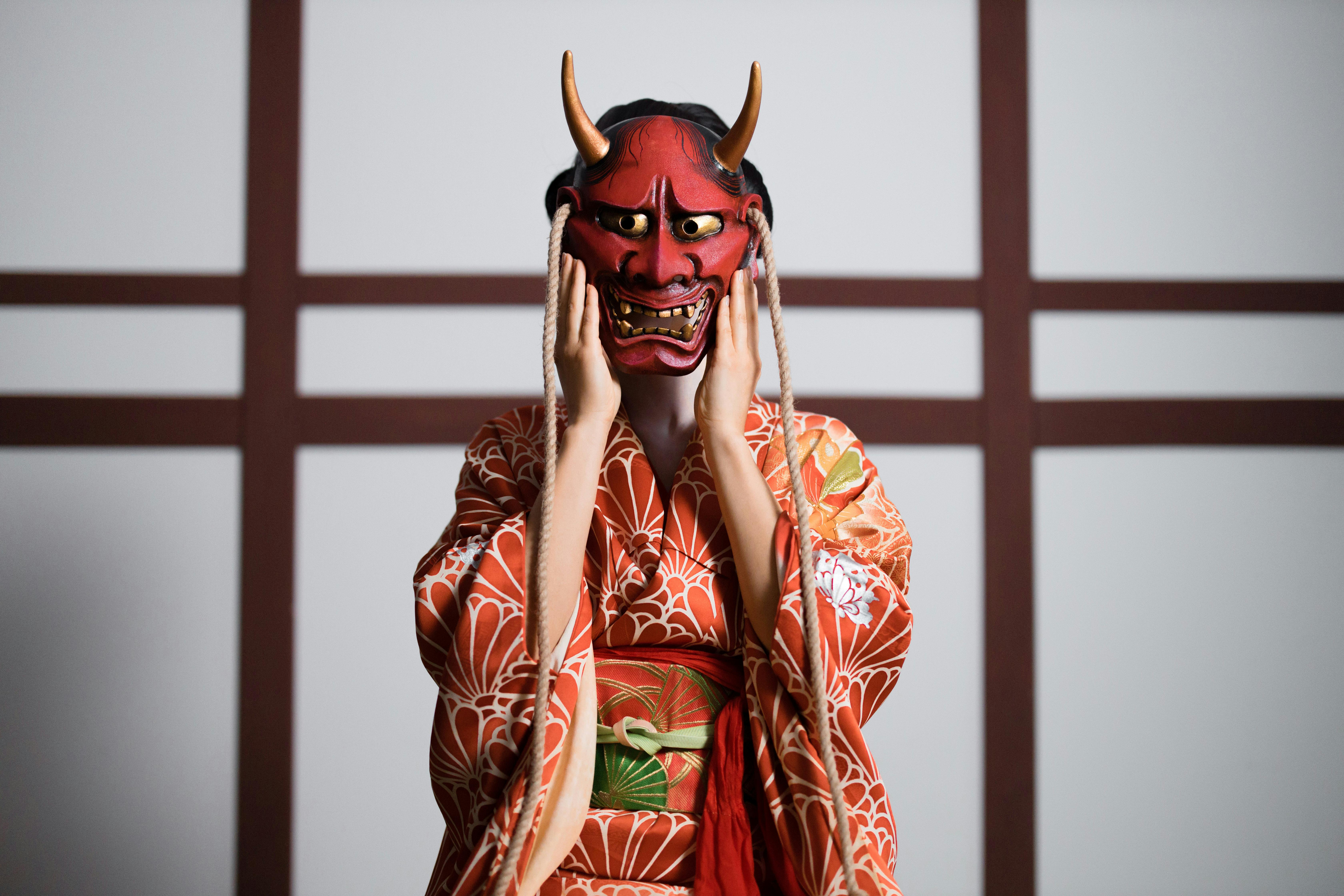The Intricacies of Modern Mime: A Silent Art Form Speaks Volumes
In the world of performance arts, mime is often overlooked or misunderstood. Yet, this silent art form has a rich history, and its influence on modern entertainment is more significant than you might think. Let's unravel the complexities of mime, its roots, its evolution, and how it's making waves in today's entertainment industry.

A Brief History of Mime
Mime, the art of expressing feelings and telling stories through body movements without speech, traces its roots back to ancient Greece. The Romans later adopted it, and the art form became a popular form of entertainment. In the Middle Ages, mime found its place in religious dramas, and in the 19th century, it underwent a revival in France, thanks to Jean-Gaspard Deburau’s Pierrot character, a white-faced, silent jester. This character became the symbol of modern mime.
Mime in the 20th Century
The 20th century was pivotal for mime, with artists like Marcel Marceau redefining the art form. Marceau’s character, Bip, was an innocent and tragic figure who confronted the trials of life with humor and resilience. He used mime to comment on society and human nature, making the art form a tool for insightful social commentary.
Mime in the Modern Entertainment Industry
Fast forward to today, and mime is not just about painted faces and striped shirts. It has evolved and expanded, influencing areas like physical theatre, dance, and even the film industry. Mime techniques are used in actor training, helping performers to express emotions and situations more effectively. Mime also has a surprising influence on animation, where exaggerated movements bring characters to life.
The Impact and Reception of Mime
Despite its influence, mime often battles misconceptions. Many associate it with outdated street performances, not realizing its profound impact on modern entertainment. However, with performers and companies pushing the boundaries of mime, it’s slowly shedding its old-fashioned image. Festivals dedicated to mime, like the London International Mime Festival, have played a significant role in promoting this art form and showcasing its versatility and depth.
The Future of Mime
The future of mime looks promising with emerging artists taking the art form into new directions. Modern mime artists are blending mime with other performance arts like dance and acrobatics, creating a fusion that is visually stunning and emotionally moving. Mime is also finding its place in the digital world, with mime artists using technology to enhance their performances and reach a wider audience.
Mime, an art form steeped in history, is silently asserting its relevance in the modern world. Its influence permeates the entertainment industry, and its potential is only beginning to be realized. As mime continues to evolve and adapt, it remains an enduring testament to the power of non-verbal communication in storytelling.




